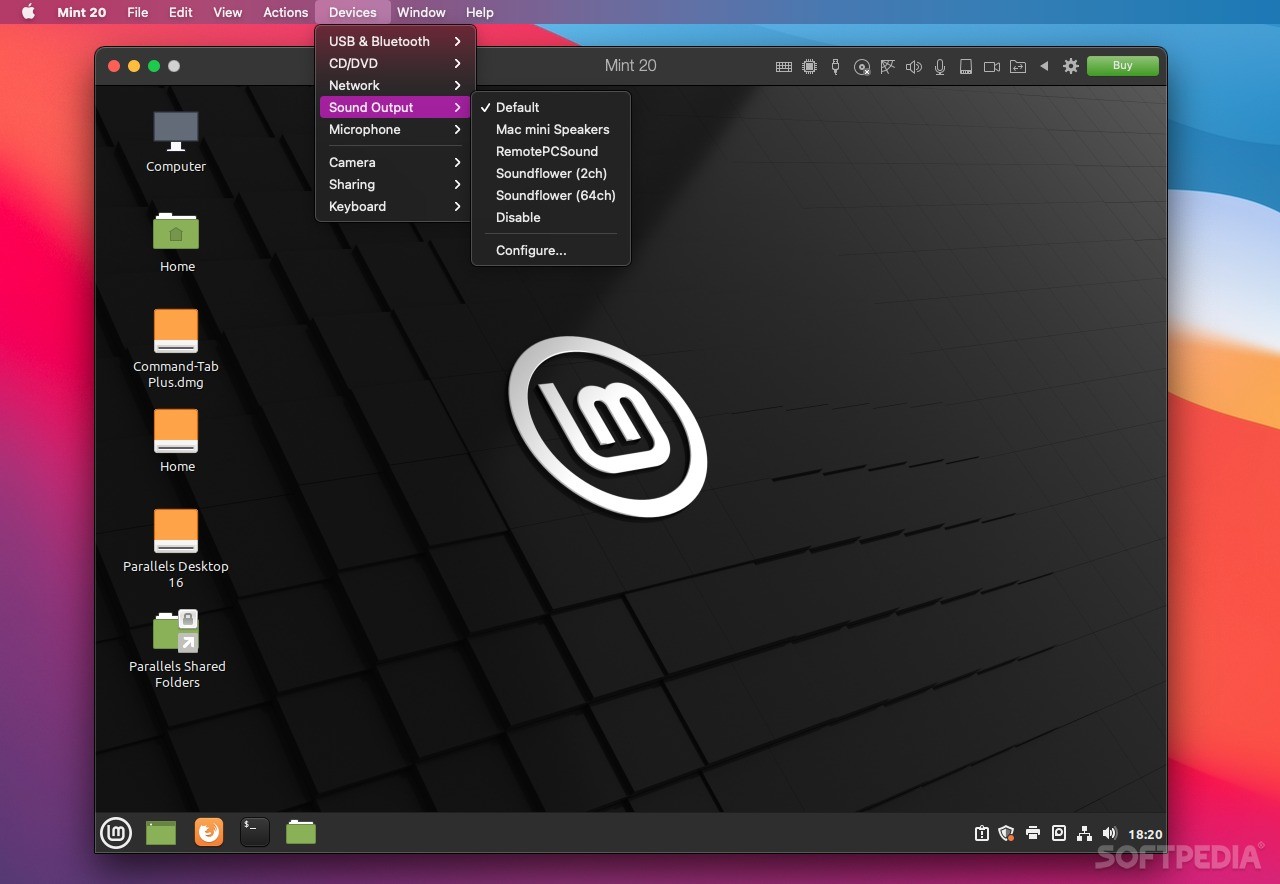
Goals of this effort include easing development of numerically sensitive libraries including and. This restores the original floating point semantics to the language and VM, matching the semantics before the introduction of strict and default floating point modes in Java Standard Edition 1.2. With the restoration of always-strict floating point semantics, floating-point operations will be made consistently strict, rather than having both strict floating point semantics ( strictfp) and subtly different default floating point semantics.The planned enhancement should help developers construct and apply appropriate filters for each deserialization context and use case. A better approach is to configure per-stream filters such that they do not require the participation of every stream creator. JDK Enhancement Proposal 290 addressed these limitations by introducing a JVM-wide deserialization filter that can be set via an API, system properties, or security properties, but this approach also has limits, particularly in complex applications.

However, relying on a stream’s creator to explicitly request validation has limitations.
APPLE JAVA UPDATE 17 CODE
This code supplies validation logic as a java.io.ObjectInputFilter when it creates a deserialization stream. Deserialization filters were introduced in Java 9 to enable application and library code to validate incoming data streams before deserializing them. The key to disabling serialization attacks is to prevent instances of arbitrary classes from being deserialized, thereby preventing the direct or indirect execution of their methods. If object construction has side effects that change state or invoke other actions, those actions could compromise the integrity of application objects, library objects, and the Java runtime. With careful construction of the stream, an adversary can cause code in arbitrary classes to be executed with malicious intent. In many uses, the bytes in the stream are received from an unknown, untrusted, or unauthenticated client. In explaining the motivation behind this proposal, Oracle said deserializing untrusted data is an inherently dangerous activity because the content of the incoming data streams determines the objects that are created, the values of their fields, and references between them. Context-specific deserialization filters allow applications to configure context-specific and dynamically selected deserialization filters via a JVM-wide filter factory invoked to select a filter for each serialization operation.New features of JDK 17 include the following: OpenJDK open source builds also are available. Production builds of JDK 17 can be found at. Developers like to try out the six-month releases while enterprises want to deploy the LTS releases. However, Oracle said downloads of the six-month releases have been steadily increasing. New Relic said 90 percent were running JDK 11 and 10 percent JDK 8. New Relic found that nearly 100 percent of users are running either JDK 11 or JDK 8, the two most recent LTS releases. But that does not include an enterprise production support subscription.ĭata from the customer base of application monitoring provider New Relic, representing tens of millions of production JVMs, show that LTS releases have almost unanimous deployment.
APPLE JAVA UPDATE 17 FREE
With JDK 17, Oracle will allow free use of Oracle JDK binaries in production for three years, one year past the next LTS. The next LTS release will be Java 21 in 2023. More frequent LTS releases will provide faster access to new features for companies that just want to use the LTS releases, Georges Saab, vice president of Oracle’s Java platform group, said. JDK 17 features everything that has been added since the last LTS release, JDK 11, which arrived three years ago. Non-LTS releases get six months of support from Oracle.Īmong the new capabilities in the new version of standard Java are context-specific deserialization filters support, which is a security enhancement, and a preview of pattern matching for switch statements.

Oracle also announced that LTS releases, which receive at least eight years of product support, henceforth will arrive every two years, as opposed to the three years between releases in the past. Java 17, a new long-term support (LTS) release of standard Java, is now available for production use.


 0 kommentar(er)
0 kommentar(er)
